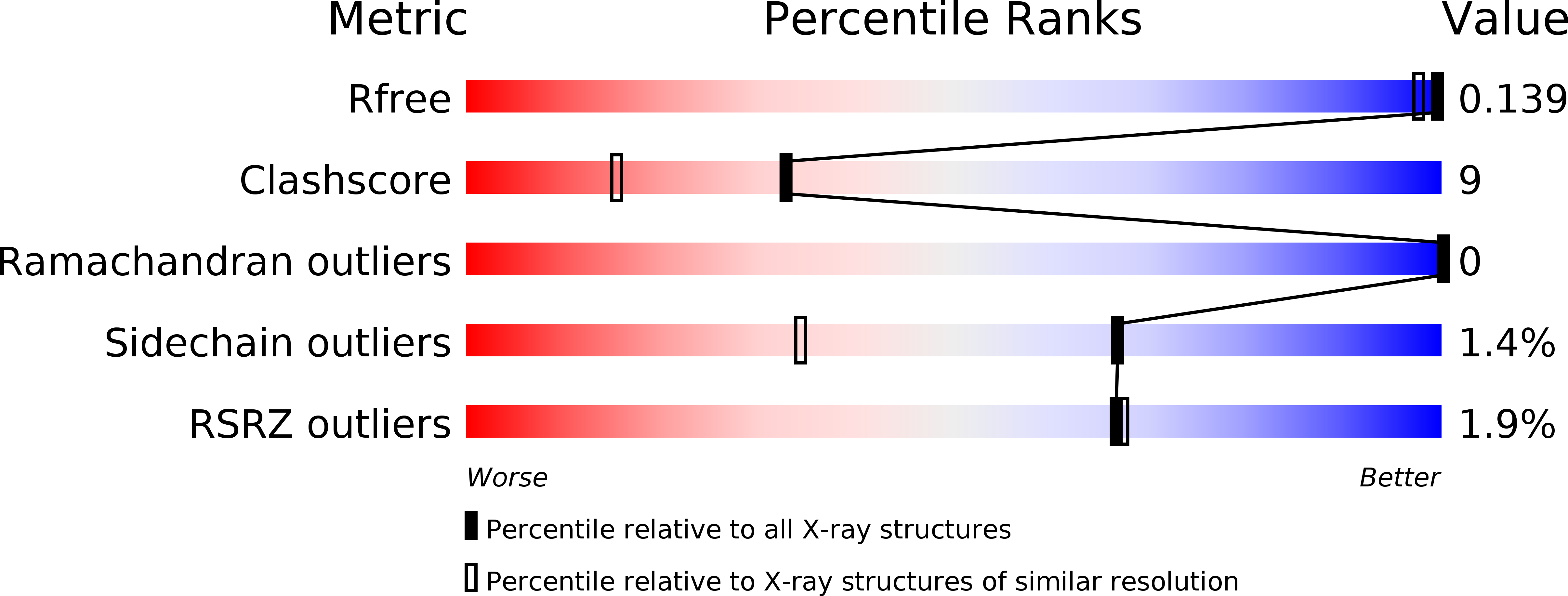
Deposition Date
2013-08-04
Release Date
2014-01-01
Last Version Date
2024-11-06
Entry Detail
PDB ID:
4M1V
Keywords:
Title:
Crystal structure of the ancestral soluble variant of the Human Phosphate Binding Protein (HPBP)
Biological Source:
Source Organism:
unidentified prokaryotic organism (Taxon ID: 2725)
Host Organism:
Method Details:
Experimental Method:
Resolution:
1.30 Å
R-Value Free:
0.14
R-Value Work:
0.10
R-Value Observed:
0.10
Space Group:
C 1 2 1


